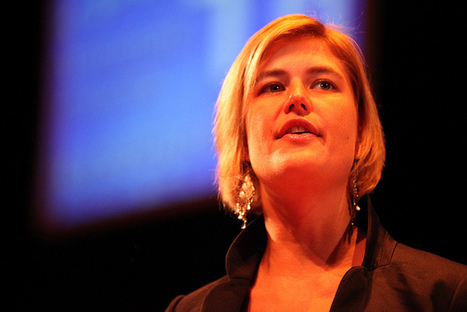The New York Times Company did the world of journalism a big favor today.The company finally disclosed the exact revenues of its digital business.The numbers were impressive. And they made clear that no one ever needs to fret about the future of journalism again.Specifically, the New York Times reported that the revenue of its digital business is now about $360 million a year....
Research and publish the best content.
Get Started for FREE
Sign up with Facebook Sign up with X
I don't have a Facebook or a X account
Already have an account: Login
Social marketing, PR insight & thought leadership - from The PR Coach
Curated by
Jeff Domansky
 Your new post is loading... Your new post is loading...
 Your new post is loading... Your new post is loading...

Lynn O'Connell for O'Connell Meier's curator insight,
June 24, 2013 3:47 AM
Upworthy has a political point of view, but the lessons here apply to any social media channel. Be authentic -- true to YOUR point of view, whatever that may be. |

Brian Yanish - MarketingHits.com's curator insight,
April 24, 2013 9:21 AM
From the article -
|

















Encouraging news for future of journalism seen in NYT digital revenue. But what about the smaller guys?